Trees with Interesting Bark, Hardy Catmint, Get Started with Leeks and African Violets

The calendar has turned to February. No matter the groundhog sees with his shadow, we still know in our zone 5 garden that we have months of winter to come. But that doesn’t mean we can’t be doing gardening activities now. One thing about winter is it lets some plants show off more than they would when the foliage is out. I’m thinking of the bark of some of our trees. Growing trees for their bark color and texture is good to remember, because in cold climates we have up to 6 months with bare branches. I highlight some of my favorite colorful and interesting barked trees in this newsletter.
The perennial garden is still asleep, but I’m awake thinking about some of the tougher perennials we grow. One of our favorites is catmint. This plant comes back every year without fail and flowers a number of times during the growing season. I highlight some of my favorite catmint varieties and how to grow them best here.
Yes, I’ve started some seeds. Alliums can take 8 to 12 weeks to get to the transplant size, so I always start them in early February looking forward to a late April/early May planting date. I talk about leeks in this newsletter highlighting how to grow them best.
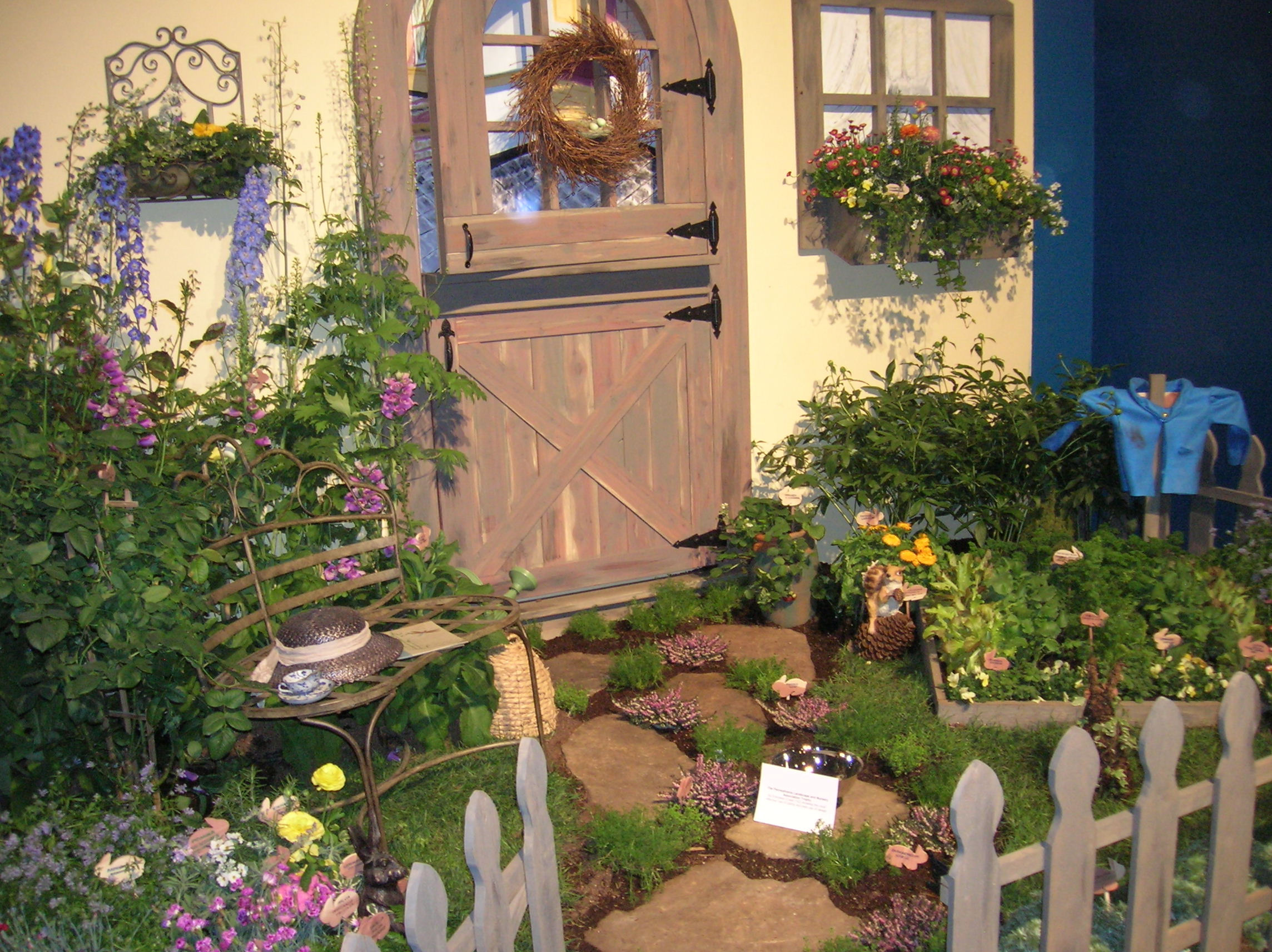
I continue highlighting some great houseplants. I’m going traditional this week with African violets. Often thought of as grandma’s flowers, these old fashioned houseplants have been grown for years for a reason. They flower on and off all year and, even in winter, if you give them enough light. I talk about growing African violets here.
Finally, it’s flower show season. I’ll be speaking at three flower shows over the next month. First up is the Mohegan Sun Home and Garden Show in Connecticut. I’ll be there on February 15th speaking at 1 pm on No Dig Gardening. If you’re in the area, come to the show to learn from the speakers and enjoy the sights and scents of spring. All my talks are sponsored by Velcro.com. I’ll be giving out free Velcro Brand Plant Ties to everyone who attends my talks. See you soon!
Until next time I’ll be seeing you, in the garden.
Charlie

Where to Find Charlie: (podcasts, TV and in-person)
- In the Garden (WCAX-TV CBS) – This week: Classic Perennial Flower Border
- All Things Gardening on Vt Public Radio– This week: Propagating Houseplants
- WJOY In The Garden Podcast– This week: The In the Garden Radio Show is on hiatus until March, 2025. Check out the past podcasts here
- Where’s Charlie Speaking? 2/15/25- Mohegan Sun Garden Show, CT
Trees with Interesting Bark

Finding appealing scenes in the garden in winter can be challenging. I love the subtle colors and textures of winter, but I long for something more creative. That’s why we grow trees with interesting bark. When purchasing a deciduous tree, consider the winter bark color and texture. In cold climates we have up to 6 months without leaves on the trees, so, it’s nice to have some beauty from the bark.
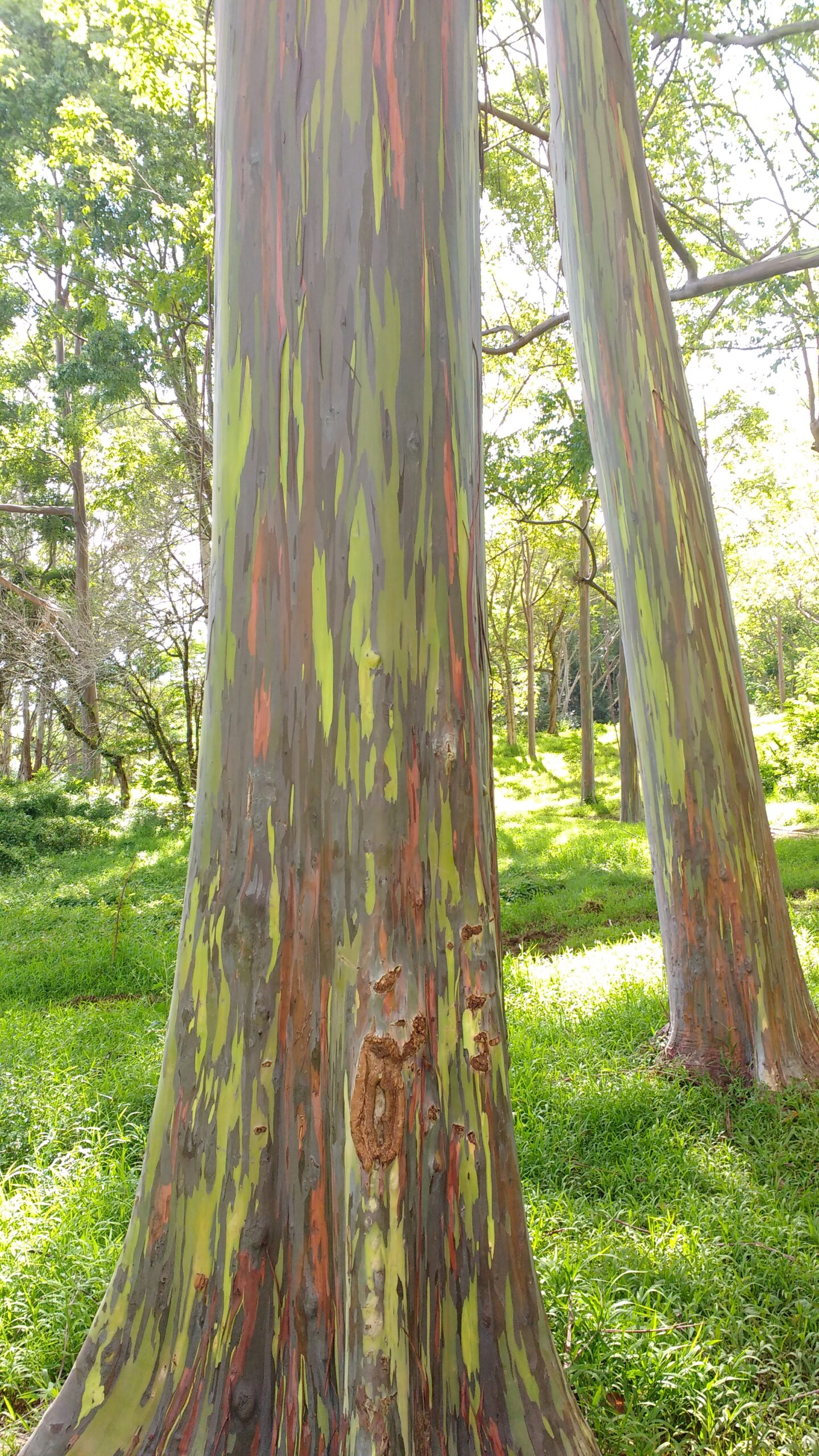
River birch is one of my favorite trees for winter color. It has tan to pink colored bark that peels, making it more appeal. Chinese tree lilacs are hardy to zone 4 and feature bronze colored bark. Paperbark maple is a zone 5 hardy tree also with bronze bark, that peels dramatically in winter. I even like the paperbark birch trees. The bark is white colored, but it peels in sheets making for interesting holiday decorations or winter craft projects.
Some trees have bark that peels revealing different colors. Sycamore trees are large trees in the landscape and have peeling bark that reveals colors such as green, yellow, red and tan depending on the selection. You’ll have to have a big yard for this tree, but it’s a beauty when mature. Even some seemingly evergreen trees have beautiful bark. Our dawn redwood is a deciduous conifer that features streaks of red and orange in its bark. When mature, this tree mimics the classic redwoods.
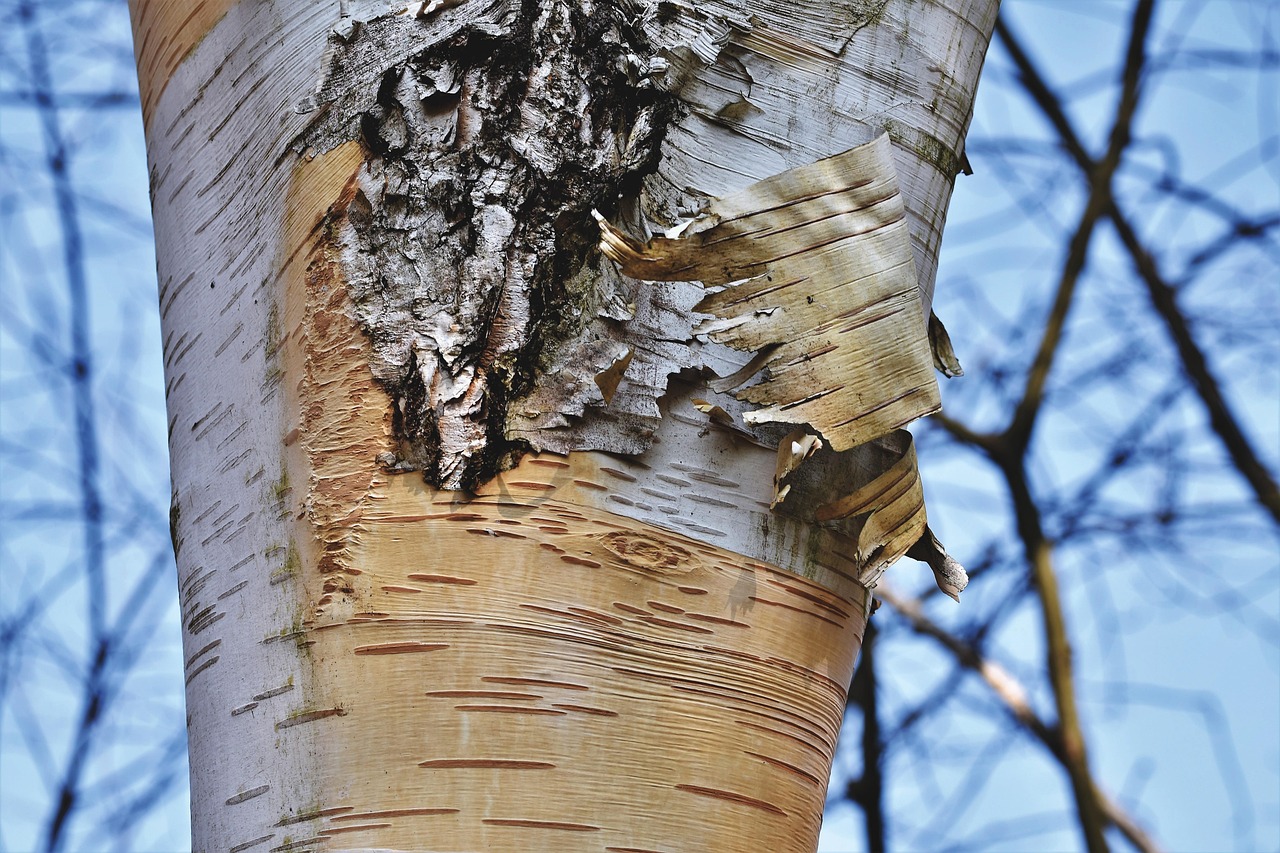
The unusual seven sons trees (Heptacodium) is a hardy, small tree with clusters of fragrant white flowers in late summer and exfoliating brown bark with some green colored inner bark in winter. If you live where Eucalyptus grow, check out the Rainbow eucalyptus. We saw some in Hawaii on vacation one year and we’re amazed. The bark has streaks of bright green, red, and orange. It’s another large tree, but if you live in a warm climate, it’s worth checking out.
Learn More About Interesting Barked Trees here
How to Grow: Catmint
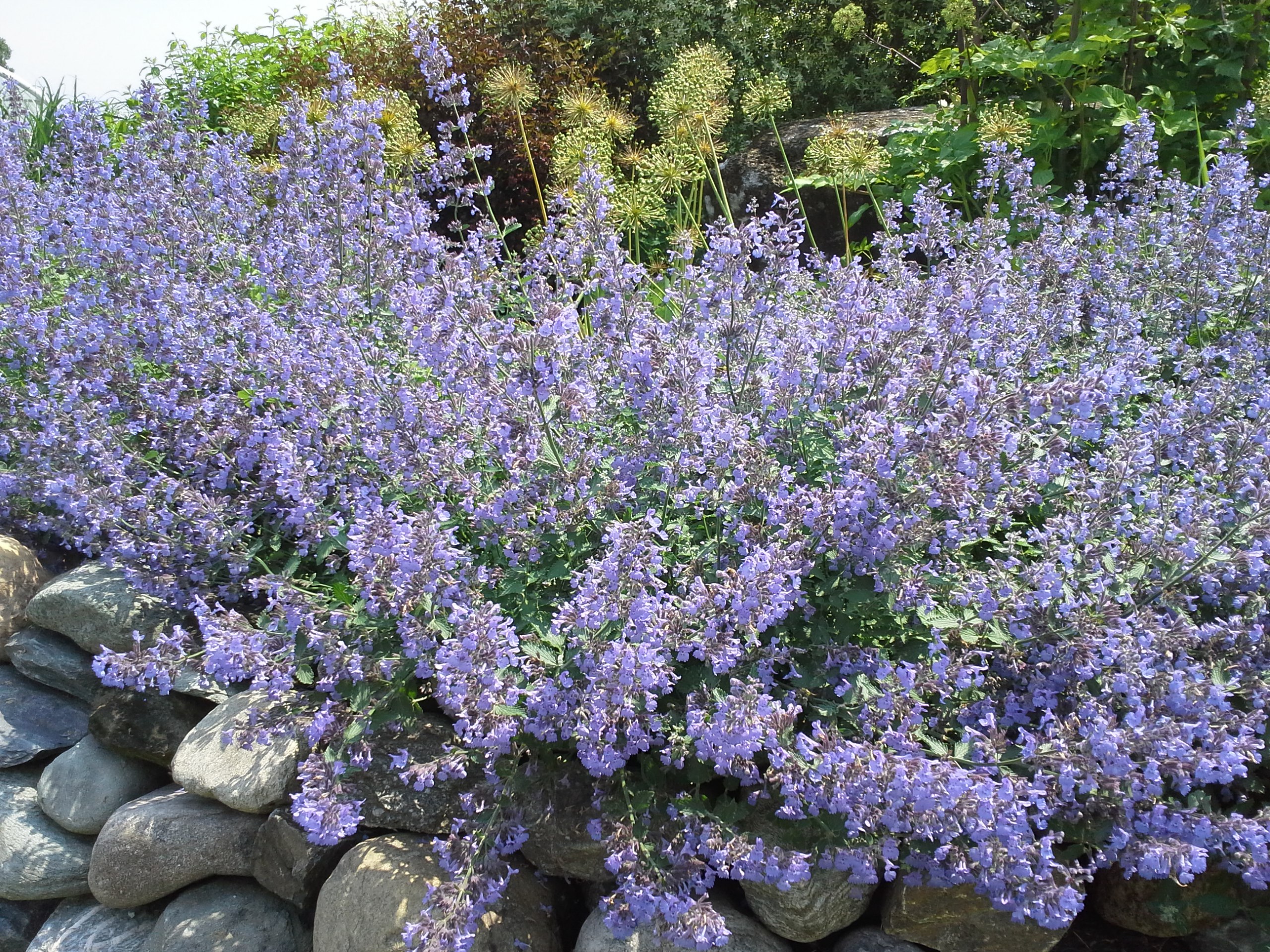
One of the toughest and most rewarding perennials in our garden in Nepeta or catmint. This salvia family perennial flower lasts for years, growing and blooming consistently despite winter conditions. It starts blooming in late spring and continues off and on, especially if we remember to deadhead it when the flowers pass. Some older varieties will get big and floppy, making them unruly by midsummer, even if you cut them back. But newer varieties are shorter, more compact and look good all summer long.
If you want a big version of catmint that’s still a good flowering variety and attractive, try ‘Walker’s Low’. This classic variety grows 2- to 3-feet in diameter and does get floppy, but makes a great plant grown along a walkway or on a slope where you want something big to grow. It has sweetly scented, purple colored flowers that bloom most of the summer. There’s a ‘Junior Walker’ that has sterile seeds, so doesn’t self sow and is more compact.

For a catmint of a different color, try ‘Whisprr Pink’. It features soft pink colored flowers in mid spring on a 2-foot tall and wide plant. For a white flowering catmint, try ‘Calmintha’. It only grows 1 foot tall with clouds of white flowers. It also is drought tolerant, fragrant and pollinators love it.
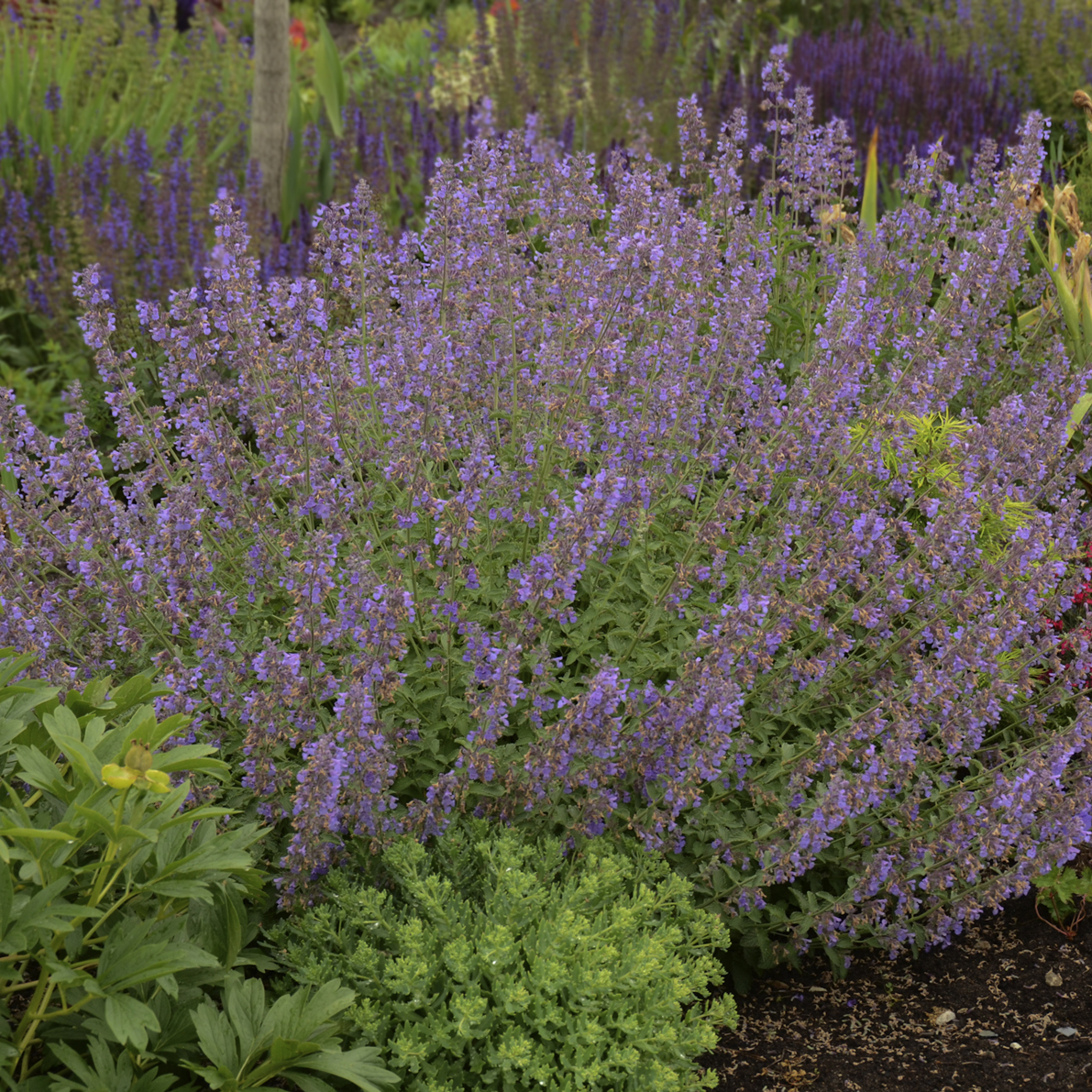
Courtesy of Walter’s Gardens
Catmint grows best in full sun on well-drained, fertile soils. However, we grow it in a part sun location and it does fine. It may not flower as much as in full sun and gets a bit floppy, but it still looks good. After spring flowering, deadhead the plant religiously to stimulate new growth and flowering. For larger varieties, we even cut back the plant by 2/3rds to really stimulate new growth. This is good to do if you have other perennials nearby that can hide the cut back Nepeta until it grows back.
The plants are deer and rabbit proof. Divide catmint in spring, after a few years, to create more plants for your landscape. Because of the early flowering nature, catmint pairs well with peonies, roses, coreopsis, and delphiniums. It also compliments summer bloomers with its later flush of flowers.
Learn More about catmint here
How to Grow: Leeks

There’s not much happening in my seed starting light set up yet, except our alliums. Onions, scallions and leeks all can be started now, indoors under lights, for transplanting in spring. It’s always a sign of good things to come when I get my hands into some potting soil to sow leek seeds. Leeks are one of our favorite, long season vegetables. We transplant seedlings in late April or May depending on the weather, keep them weed free and watered during a drought, but generally do very little with them all season long. In fall, after a few light frosts, we start harvesting and eating them. They can even take a freeze depending on the variety.
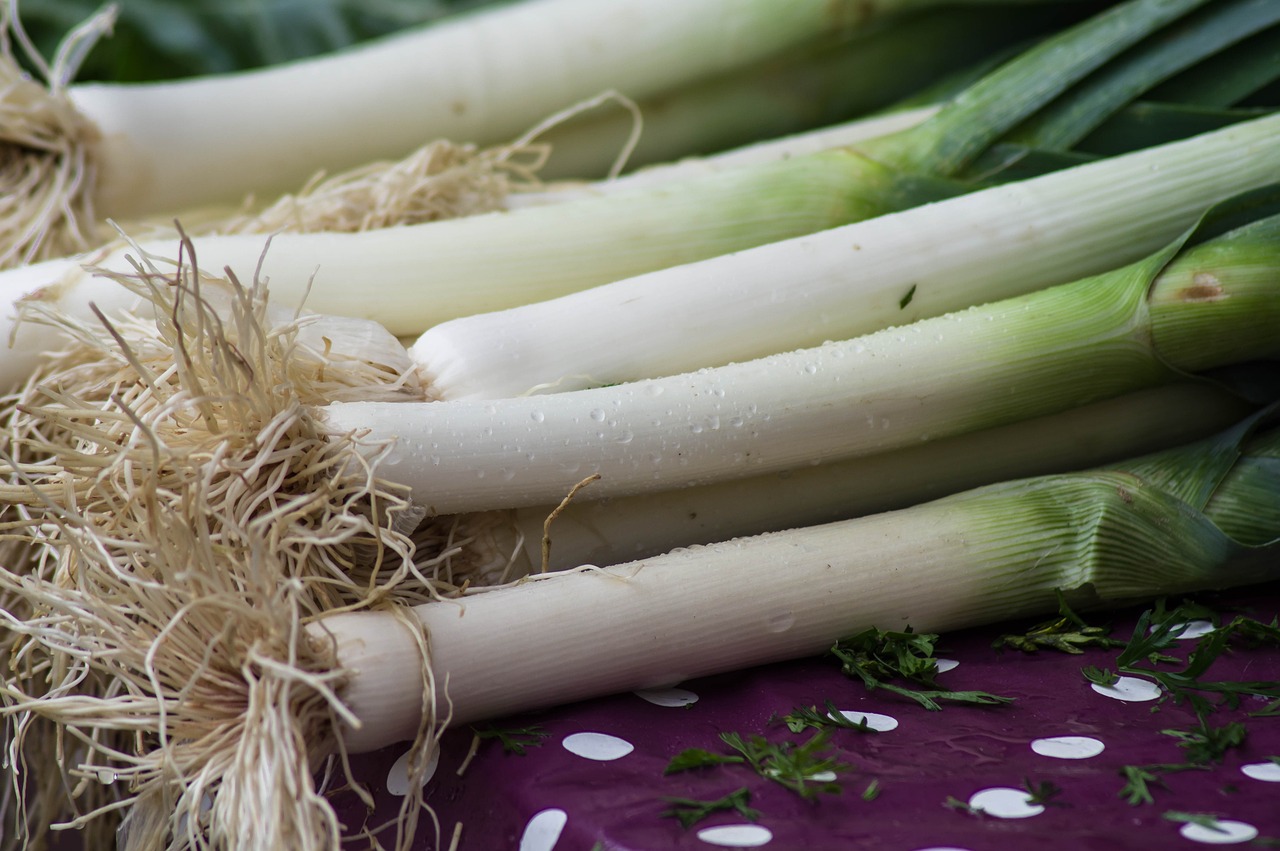
We like to grow the hardier varieties that we often harvest into November. These include ‘Tadorna, ‘Oslo’ and ‘Bandit’. I also like these because the leaves have an attractive blue-green coloring to them.
Plant leek transplants in late spring. You can use a dibble or your finger to create a 4 inch deep hole and plant so some of the stem is under ground. This will give you more blanching of the bottom of the leek. I plant them 6 inches apart. They can take a frost but we cover them anyway with a floating row cover. This helps them get established quicker and protects them from insects. You can plant leeks all over your garden in groups for fun and to add some color. We grow them all in one bed to protect our plants from the leek moth. This insects attacks leeks, onions and garlic plants. It lays eggs on the leaves. The eggs hatch and the caterpillar tunnels down towards the bulb opening up the plant to infection. After the weather warms, we trade our fabric row cover for a mesh cover. The mesh lets more light and water in, but blocks the leek moth. We grow our leeks this way until fall.

Leeks grow best in full sun on well-drained, fertile soil. We amend the soil with compost before planting. When planted close together, we rarely have weed problems. You can start harvesting leeks when the stems are as small as 1/2 inch in diameter. Since we have so many other vegetables to eat in summer, we like leaving them for a fall harvest.
Go here for more on Growing Leeks
In Our Garden: African Violets
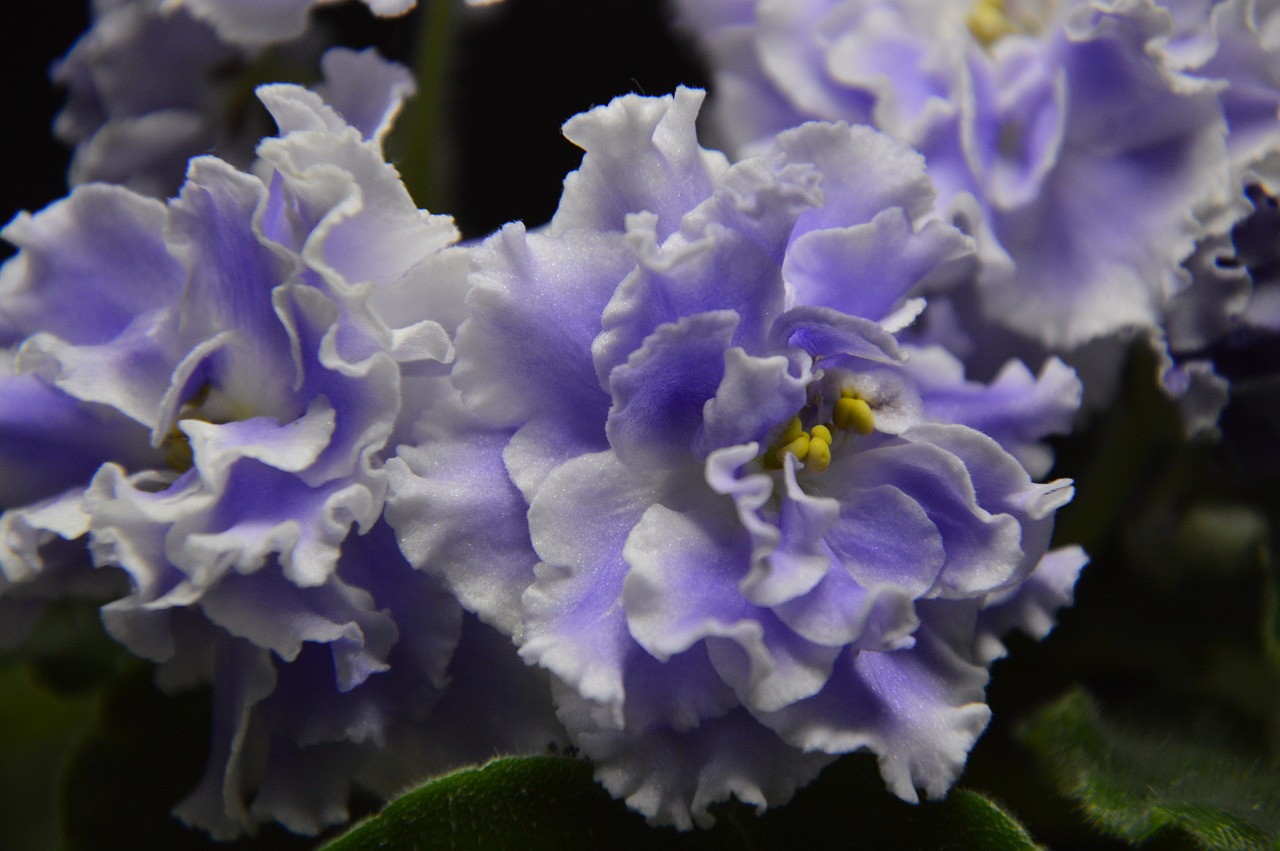
No houseplant will give you more color all season long than African violets. These beauties produce flowers in a wide range of colors, with single, double and ruffled blooms and with attractive leaves. Breeders have taken this African native plant and created plants as small as 3 inches tall up to 1 foot tall. Many varieties are available in florist shops, garden centers and grocery stores. The key to healthy and happy African violets is in their care,
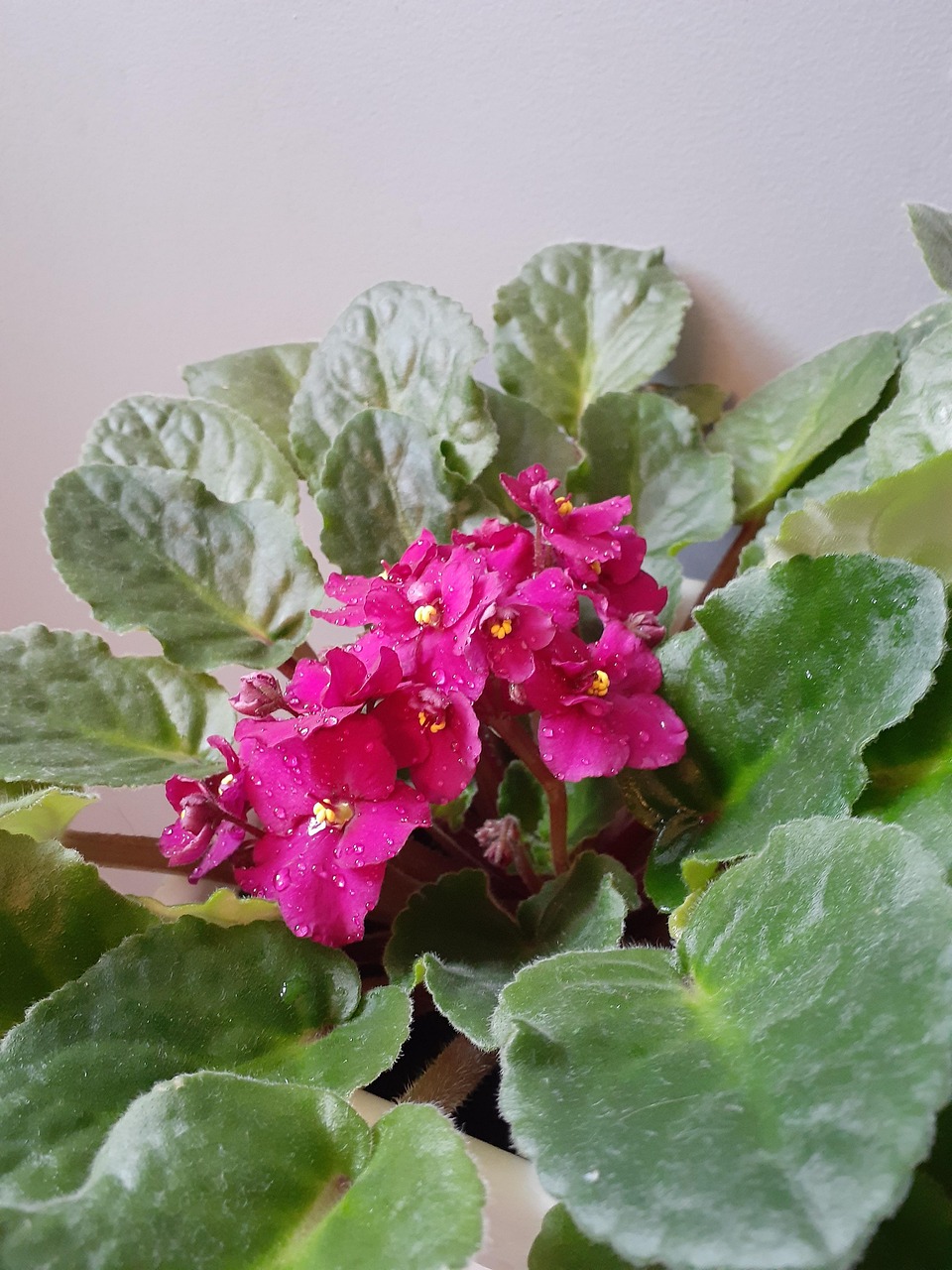
African violets like an East or South window in winter and the North or West windows in summer. Avoid direct sun. They also grow well under grow lights. Sometimes I see gardeners having a small, grow light system with a number of African violet plants happily flowering. Two of the keys to success with African violet plants is the soil and watering. Grow African violets in a special African violet soil mix. This mix has a rich, well-drained, humus-rich, slightly acidic, moist soil.
Water African violets with room temperatures water. Avoid wetting the leaves. This can lead to spotting and rotting of the leaves. It’s best to bottom water the plants using untreated water. Keep the soil moist, but not soggy. This will cause leaf or crown rot. African violets also like high humidity. This can be an issue in winter in cold climates with dry rooms. Place the plants together with other houseplants to keep the humidity high, use a humidifier or grow the plants on a pebble tray with water that will evaporate and keep the air moist. Keep away from cold drafts.
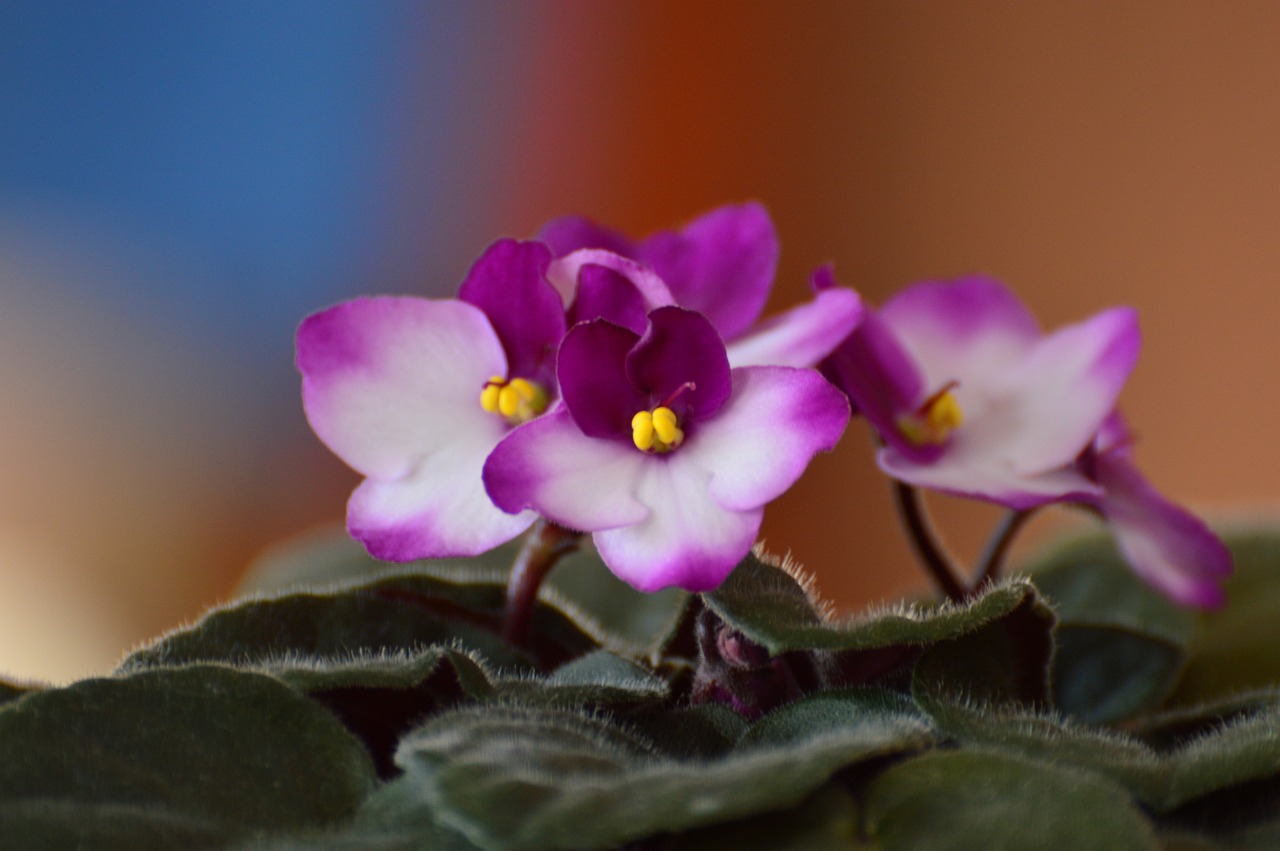
Once you find the right spot with the proper light, temperature and humidity, African violets will grow strong, keep flowering and actually grow side plants or off shoots. These off shoots are easily separated from the Mother plant to be potted up. They will quickly root and grow.
Go here to learn more about growing African Violets
Copyright © 2025 Gardening with Charlie, All rights reserved.



